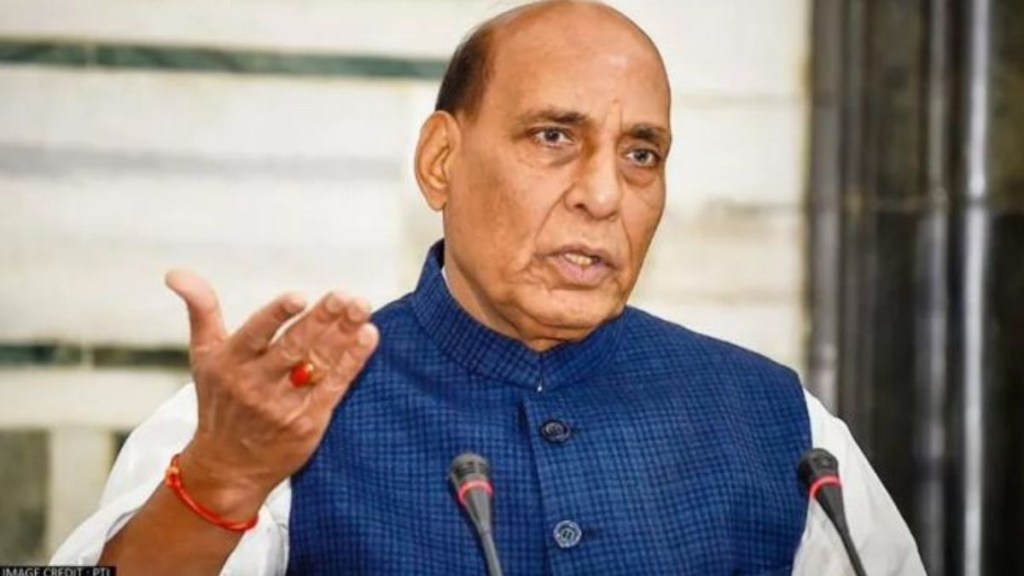The Naval Innovation and Indigenisation Organisation (NIIO) convened the second annual ‘Swavlamban Seminar’, echoing a fervent call for domestic innovation and defence industry self-sufficiency.
Defence Minister Rajnath Singh, presiding over the gathering held at Pragati Maidan’s Bharat Mandapam, shed light on ‘Swavlamban 2.0’. This revamped indigenization roadmap set forth 76 challenges for the defence community as a part of the 10th Defence India Start-up Challenges (DISC 10). Eric Garcetti, the US Ambassador to India, marked his presence, highlighting two joint challenges set up in collaboration with the US Department of Defense.
The seminar’s portfolio was impressive. From aviation specifics to the intricacies of naval weapon indigenization, discussions ranged widely. Significantly, a particular session explored medical innovations within naval confines, illuminating lesser-known yet vital spheres.
Shifting Defence Procurement Priorities
Central to the seminar was the unveiling of the fifth Positive Indigenization List (PIL). With 98 items, the PIL underscores a clear trajectory: India’s defence needs are to be met increasingly by its domestic industry, aligning with the Defence Acquisition Procedure of 2020. Singh’s outline highlighted innovations to be sought domestically, from intricate weapons systems to broad-ranging defence solutions, including the challenges in tandem with the U.S. Department of Defense.
Championing Native Innovations
Recalling the success of the 2022-launched SPRINT initiative, Singh underscored the pivotal role it plays in fortifying India’s defence self-reliance strategy. With an allusion to India’s ancient tradition of innovation and its global resonance, the minister drew parallels to the recent ‘Vocal for Local’ campaign, advocating a renewed appreciation of domestic products.
Youth, Technology, and Defence: The Triad
In an era of rapid technological evolution, Singh urged the harnessing of youth prowess, particularly within defence R&D and manufacturing. He pressed for a judicious assessment of emerging technologies for their practical application, economic feasibility, and novelty.
Echoing this sentiment, Admiral R Hari Kumar, Chief of the Naval Staff, spotlighted last year’s innovation challenges. He championed results as groundbreaking, calling them “game changers” in the defence landscape. Kumar’s vision for the Navy showcased an ambition not just for growth but a kaleidoscopic evolution.
Strides towards a Digital Defence
Noteworthy was the unveiling of the SBI NAVeCash Card. Developed by the State Bank of India in collaboration with the Indian Navy, it symbolizes a significant stride towards realizing India’s vision of digitization, ensuring cashless transactions even in the vast expanses of the high seas.
The Swavlamban 2.0 seminar signifies India’s heightened focus on defence self-reliance. With a pronounced emphasis on domestic innovation, collaborative endeavours, and harnessing indigenous talents, India’s defence horizon radiates promise. As the nation gears up to celebrate 76 years of its independence, its defence blueprint underscores a robust and self-reliant future.

